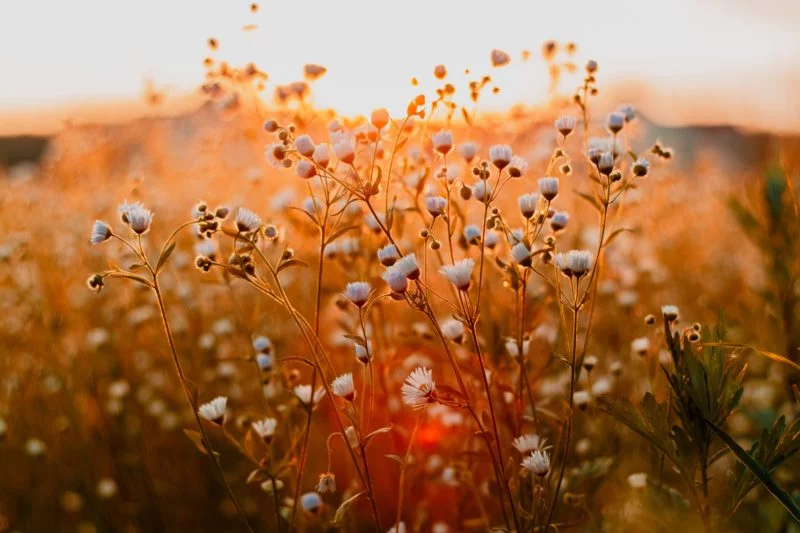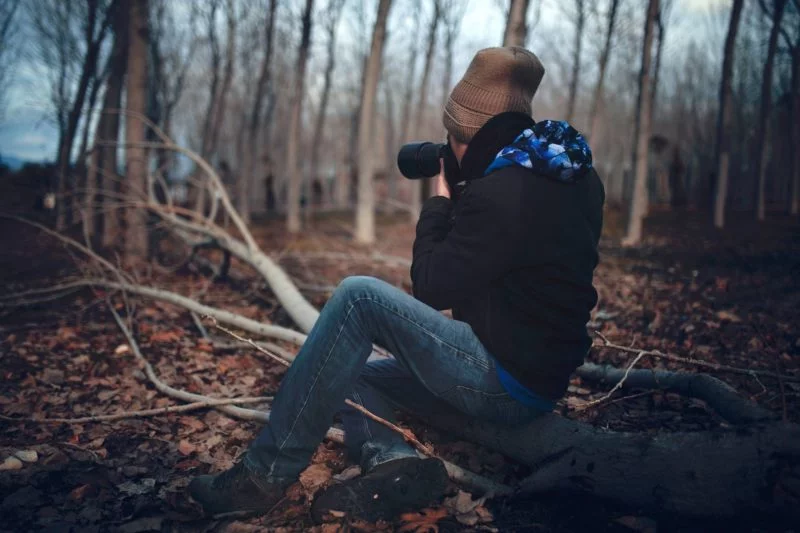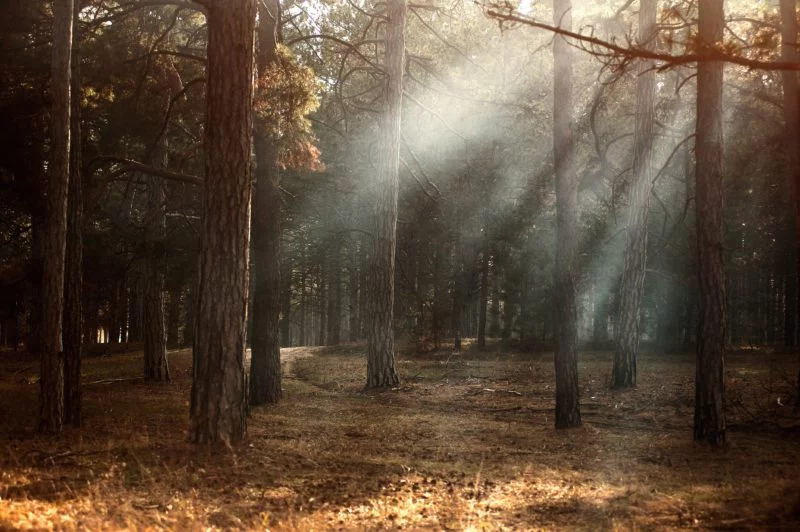Nature photography focuses on the area of flora and fauna. This means plants, flowers and animals that can be photographed in their immediate surroundings. Would you like to get into nature photography or do you still feel a little unsure in this area? The variety of motifs and movements will challenge you. No problem, our tips will prepare you well for this.

The best tips for you to better photos of nature.
1. The right choice of lens
A famous scout greeting is – “Be ready!”. The same applies to your camera equipment to capture successful photos in nature photography . Choosing the right lens for a particular photo is not an exact science. Because you won’t have the same goal for every shot. In general, it’s best to use a lens with a longer focal length . For example, this could be a zoom lens with a larger aperture. Why?
- Firstly, you will want the greatest possible range , because some motifs, such as animals, need a certain distance. This way you can observe and take pictures without disturbing the shy creatures.
- Second, you definitely want a sharp image of your subject. Best highlighted by a blurry background. This will make your motif the focus. To do this, you need to understand the foreground and background distances and use a lens with a large aperture such as f/1.4, f/1.8 or f/2.0.

2. Highlight the subject in the picture
Nature photographs usually contain subjects such as a plant, an animal or a flower . This means that you have to separate the individual subject from its surroundings in the background. First of all, assess the positioning of the individual elements in your image and then make a few adjustments. To achieve a shallow depth of field , you will need a certain distance between the foreground and the background. Use a larger aperture (smaller f-number), such as f/2.0 or f/2.8. Now focus on your subject in the foreground. With the larger aperture you will be able to achieve a softer and blurry background for your nature photography.

3. close-ups of structures, colors, lines and shapes
We are inspired by nature for many things in life. From colors, to sounds, to patterns. Some of the most interesting motifs are right in front of your nose. If you’re photographing nature, just zoom in closer (if you’re using a prime lens , just take a step or two closer) and take a close-up. That could be a tree bark, a leaf, the forest floor or the skin of a lizard – whatever falls in your eye. You will see a whole new world is waiting for you if you just take a closer look.
And at this point, nature photography differs from many other areas. For an even closer look, we recommend investing in a macro lens. These lenses magnify even the smallest detail and can produce amazing pictures.

4. Watch your target
Nature photography is and remains a very interesting topic all over the world. It is important to watch your subject closely and apply the tips on nature photography carefully. If you understand things better, you can take better, more specific photos. If you know the habits of your counterpart, you can also predict your snapshots. For example, when a swan will attack or when that particular plant will be in bloom. Or, if you find out by observing when the animal you want to photograph is less dangerous for you? Then you can start with your unique close-ups.
5. Take a photo of your subject in its natural environment
This is not meant to be a set rule, but rather a guide. When taking pictures of nature, try to capture everything in the picture in its natural environment. As the name “nature photography” already suggests, this note is of fundamental importance.
There is nothing wrong with taking a picture of a bird on a power line or a picture of a spider on the side of your house. It can certainly create some creative and interesting juxtapositions. But if you are looking for a powerful nature photo , then take pictures of the animals and plants in their natural habitat. For example on a tree, a leaf or in a body of water.

6. Bring the right camera equipment
We have already talked about lenses and later we will look at suitable cameras. But first to the simplest things that, despite their importance, are easy to miss.
- Taking pictures with a camera bag , memory cards , batteries and lenses in hand luggage is child’s play. The absolute basic equipment.
- But how often do photographers venture to remote locations without their tripods? Be assured that more than you can count. There are such light travel tripods today that you hardly notice in weight. I always have mine with me wherever I go!
- Don’t forget to wear the right clothes depending on the location and season . It may not feel so cool in a day and you leave your jacket at home. But just wait until the sun sets behind the horizon, then you will miss your jacket and have to stop nature photography for this reason, so always plan ahead. Hats, gloves (especially for photographers) and various shoes could prove very useful. This is one of the most important tips for wilderness photography for beginners.
- And what about navigation ? Don’t just rely on your phone. Always carry a current map and compass with you and learn how to use these tools properly.

7. The best camera for nature photography
If you are learning to take pictures , we recommend that you stay with your current camera. Perhaps the sentence “the best camera is the one you carry with you” is ringing too loudly in your ears. But there is definitely a bit of truth in it. With an iPhone or Android device, for example, you can already take impressive smartphone photos. Smaller apertures, dual lenses and optical zooming are being used more and more frequently. These mobile phone tools enable you, even without a DSLR to take some convincing pictures. To see what else is possible when using a smartphone to take pictures, read our article (coming soon). In this post we explain what other photographers have done with minimal equipment and tiny camera sensors. Because even the photographers from National Geographic didn’t always have digital cameras with them.
8 Use natural light
The Natural Light Photography is an outdoor shot with direct or indirect sunlight or moonlight. Nature photographs will always look great in morning or evening light. You have probably already read about the blue hour or the golden hour . If not, now is the time to do it! This light after sunrise and before sunset is much softer and creates gentle, cozy images. It illuminates your motifs more evenly and eliminates the strong shades.
Imagine a little bird on a tree, or even just the leaves of that tree. If that were your motif, it will be gently illuminated with the golden tones of a setting sun. That is what we would call atmospheric. This type of light can put an emotional cover over your recordings. Such a photograph would be difficult to reproduce artificially. Try a snapshot in the morning or evening and one in the middle of the day. For example, an attractive color spectrum is offered in autumn. You will immediately notice the difference in effect. You may even see a difference between your morning and evening shots. Check whether the color temperature changes.
There are other advantages to taking pictures in the early morning or late evening. The likelihood that the place you are visiting is less crowded should be quite large. An early morning or late evening visit is particularly worthwhile in heavily frequented “tourist” areas. This tip also applies to travel photography, Like popular national parks and other well-visited sights, which are less crowded at this time and offer more space for you and your photos. And if you want to photograph animals, you are more likely to get a good snapshot in the morning or evening. Because many animals are a lot more active if their area is not overshadowed by the daytime heat or other disturbing factors.

9. Stay true to yourself – even as a nature photographer
Nature photography is not about pleasing someone else. Or to appeal to someone else’s style. It’s about taking pictures of what makes you happy. Take the time to study other nature photographers’ work if you haven’t discovered your own style yet. What angles do they usually use? What colors do they coordinate within the picture? How close do they come to your motive? Then try to do something different and develop your own distinctive picture style, Swim against the current, use a different angle, take a close-up where others would take their motifs from a distance. Nature offers us unlimited beautiful scenery. Get out there and use them! Use your own creativity, this is one of the best tips for beginners.
10. crop sensor instead of full frame
If you have both a full frame and a crop sensor camera, you should leave your full frame camera at home. The lenses have a pronounced focal length in crop sensor cameras . This is particularly useful when photographing animals. In order not to scare the animals, you have to keep a certain distance. A 50-mm lens on a crop sensor camera housing shows a 1.6x magnification compared to a full frame camera. Using a crop sensor helps you get as close as possible for your nature and wildlife photography.

11. Respect for animals and the environment
You are probably familiar with the sentence “leave only footprints”. As clichéd as this statement is, it could not be formulated more appropriately. Always make sure to take a bag with you to store your garbage or other waste in it. Even if an item were biodegradable, an orange or banana peel can take up to 2 years to decompose.
Respect the environment in which you take photos. You figuratively don’t have to be a tree cuddler in love. But you have to understand the importance of not disturbing the natural environment. We photograph a sensitive world that is home to many living things. And that’s why we should make every effort to have as little lasting impact as possible on this world.

12. Share your passion
Are you a nature lover and passionate photographer? What tips would you give a beginner? What are your favorite motifs and scenarios for the best photos in the great outdoors? We look forward to your comment!